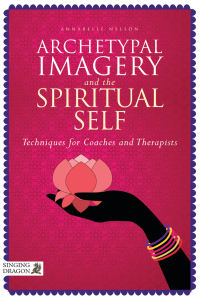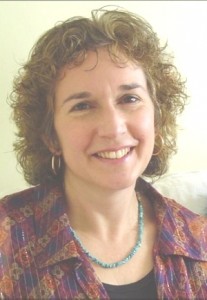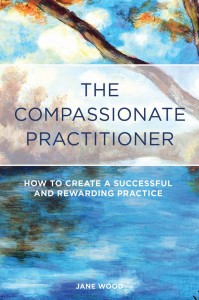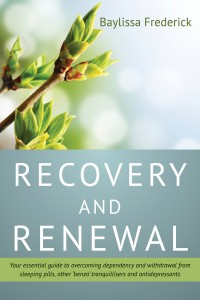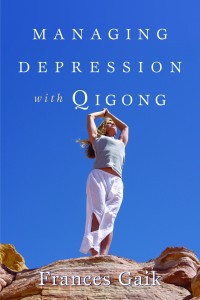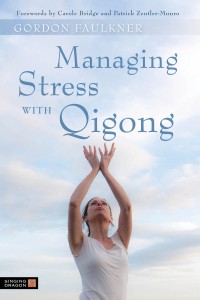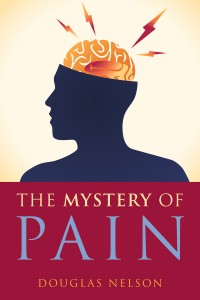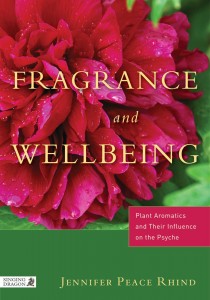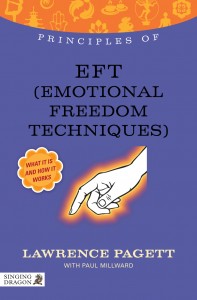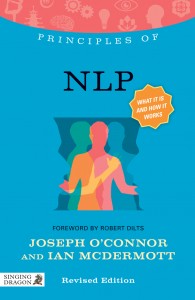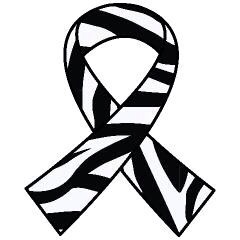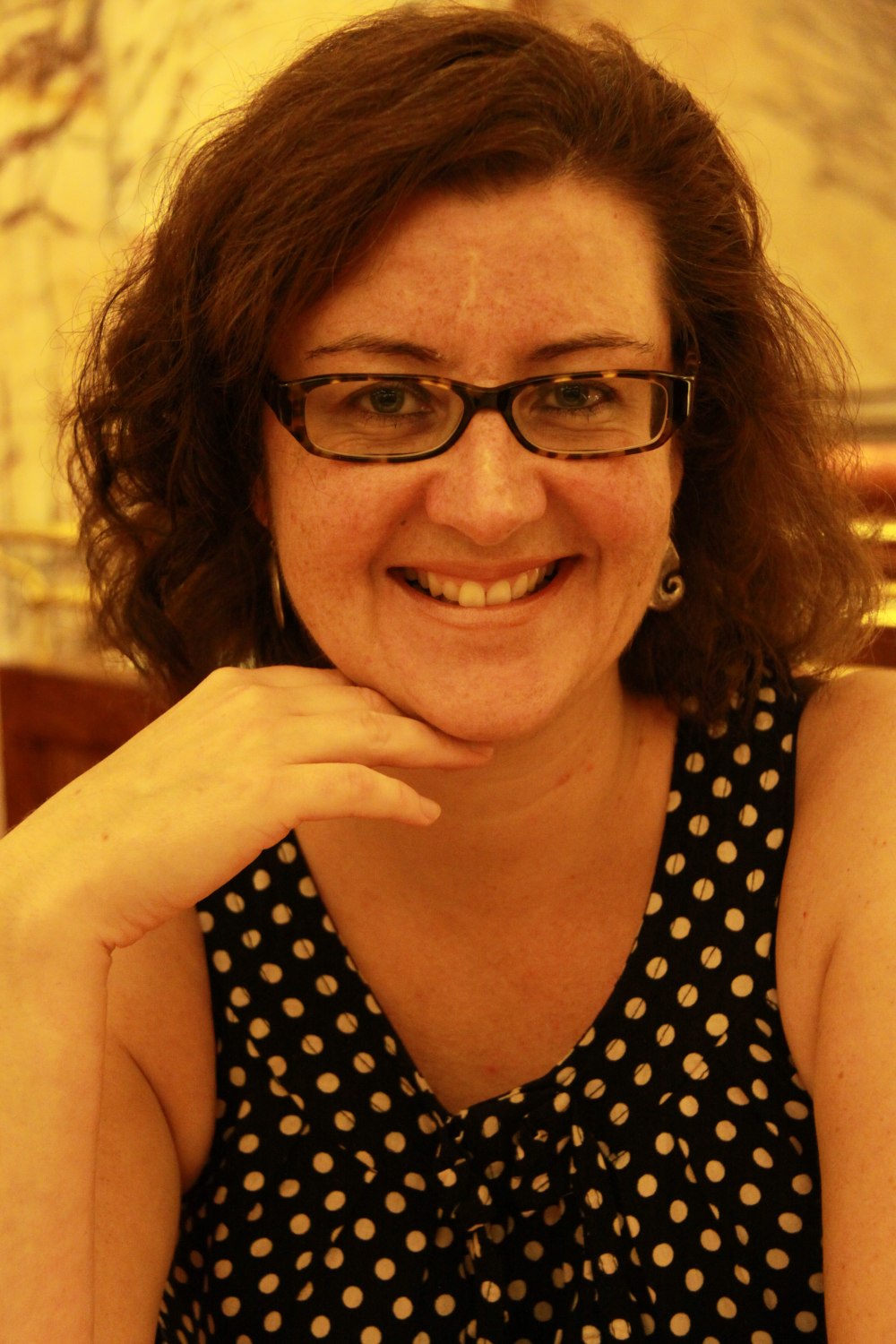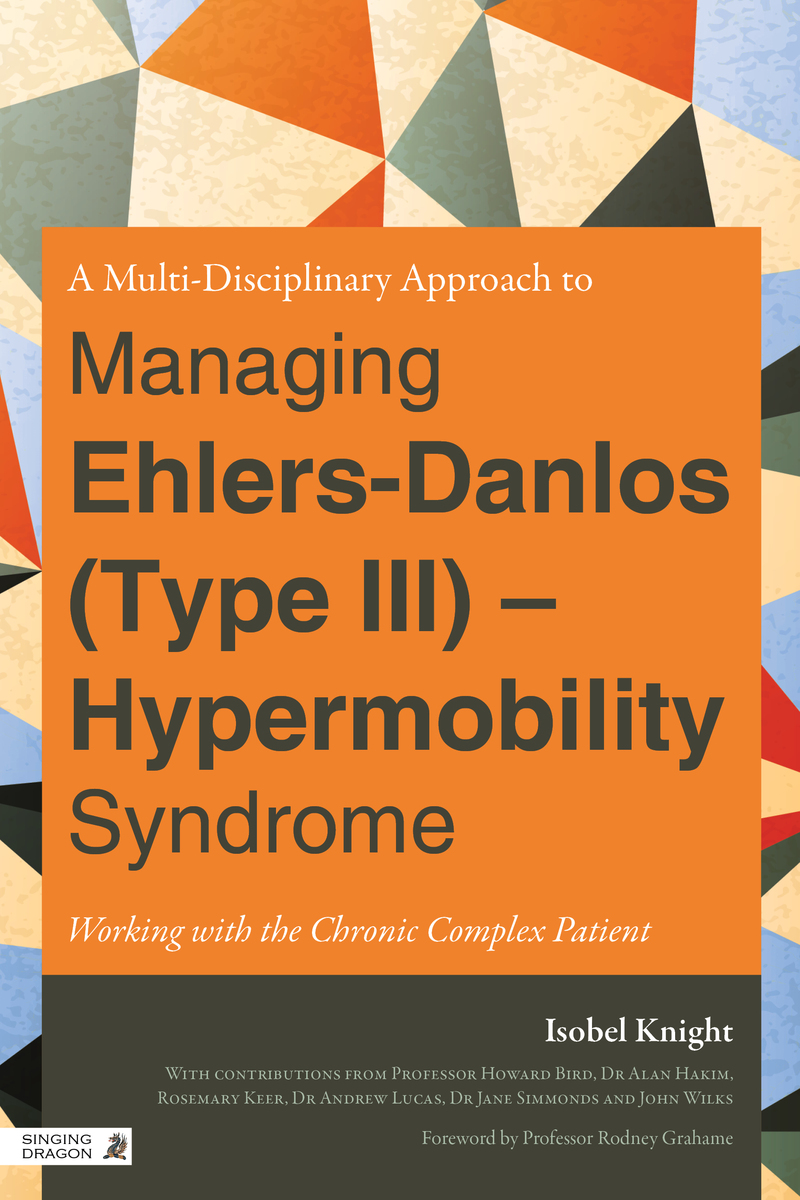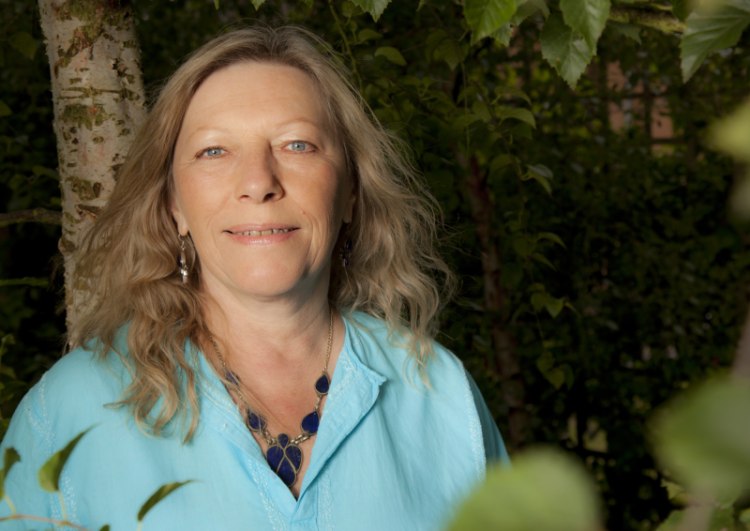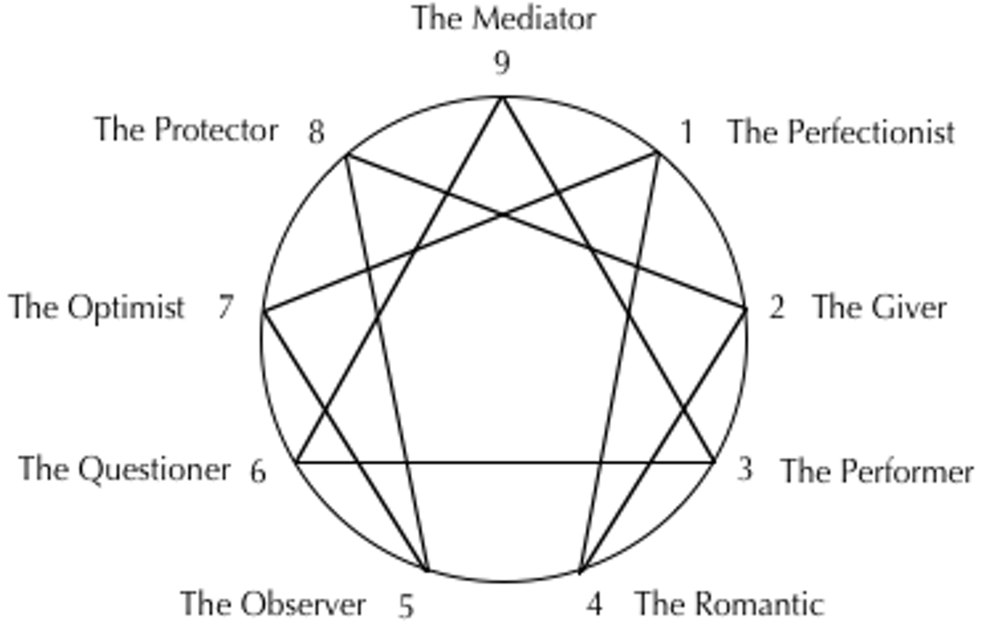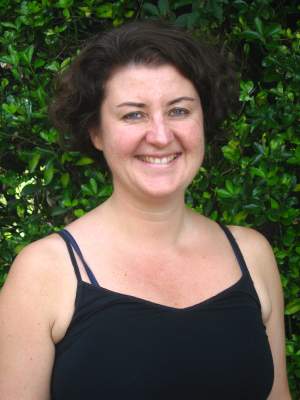
Photo: Singing Dragon author Lucie Montpetit (Credit: Jackie Fritz)
Lucie Montpetit is an occupational therapist with over 25 years’ experience working in a variety of hospital settings. She runs workshops on managing fatigue, stress and pain using the approach she has developed incorporating a number of different techniques. She has personally suffered from debilitating fatigue and restored her health through the methods she now teaches others.
She is the author of Breaking Free from Persistent Fatigue – coming soon from Singing Dragon.
In this interview, Lucie recounts her personal experience with Myalgic Encephalomyelitis and how overcoming this condition through a combination of occupational therapy techniques and Eastern health modalities inspired her to help others to do the same.
Can you please tell us a bit about you and your personal and professional interest in improving the lives of people with persistent fatigue?
First, I’d like to explain that I chose the expression “persistent fatigue” because although fatigue may persist, it can go away. A frame of mind open to hope is important in healing.
When I started working as an occupational therapist, I was interested in understanding the drops in energy of my patients. Despite people’s motivation to get better, a lack of energy became apparent in rehabilitation. I encountered different types of lack of energy, whether patients were suffering from major depression in an acute psychiatric setting; war veterans suffering from late onset diabetes leading to leg amputation; or young mothers who just encountered their first major energy drop from multiple sclerosis or a rheumatoid arthritic attack. Personally, I went to see a neurologist at the age of 29 because of sudden energy drops and my GP thought I had multiple sclerosis, but nothing was found and it went away within two weeks. Then, after my second child was born, I had multisystemic symptoms that my GP did not understand. He said I must be stressed. But I did not feel I was more stressed than my co-workers and friends who had to conjugate career and family life.
 Eventually, despite my relatively healthy lifestyle, I had to find another doctor who put me on sick leave with the diagnosis of myalgic encephalomyelitis. It took me about two years to recover from the persistent debilitating fatigue. After that I started to do workshops for patients suffering from similar daily challenges. My book reflects in part my own findings to regain my health as well as the work I have done as an occupational therapist with patients suffering from debilitating fatigue associated with different diagnoses. So it is not a book about disease but about finding solutions according to different ways of gaining back one’s physical, emotional and psychological energy balance. For many, it is also a path towards empowerment and finding a new meaning in daily activities.
Eventually, despite my relatively healthy lifestyle, I had to find another doctor who put me on sick leave with the diagnosis of myalgic encephalomyelitis. It took me about two years to recover from the persistent debilitating fatigue. After that I started to do workshops for patients suffering from similar daily challenges. My book reflects in part my own findings to regain my health as well as the work I have done as an occupational therapist with patients suffering from debilitating fatigue associated with different diagnoses. So it is not a book about disease but about finding solutions according to different ways of gaining back one’s physical, emotional and psychological energy balance. For many, it is also a path towards empowerment and finding a new meaning in daily activities.
Can you paint us a picture of what the person with fatigue goes through on a daily basis?
Once the imbalance is severe, here is what I observed in my patients: Sudden energy drops at fixed time during the day or after physical exercise; poor sleep of different kinds (inability to fall asleep, waking up many times during the night with an urge to urinate and/or unable to feel refreshed even after a good night’s sleep); food and environmental intolerances; exacerbation of known allergies or new allergy appearances; dizziness; mood swings; foggy thinking; no buffer to deal with stress; having a hard time doing little things around the house, such as washing dishes, due to lack of energy and reduced capacity to organise and plan; having projects in mind and interests to pursue but the inability to do so due to lack of energy; not being able to lift grocery bags without shaking like a leaf and needing to go to bed right after; preferring to be alone but not necessary being depressed – essentially just needing to use as little energy as possible to “survive another day”.
What causes this debilitating condition?
One thing for sure is that long standing exposure to stress is a cause of this debilitating condition, but not only psychosocial stressors like your work environment, a conjugal separation or the death of a close relative. These can also include viral infections, postural stressors that leads to jaw misalignment and lack of sleep, nutritional deficiencies that prevent the production of energy at the cellular level, candidiasis, and long term exposure to moulds, endocrine disruptors, heavy metals, allergens, electromagnetic smog and other environmental pollutants.
The accumulation of stressors leads to the imbalance of your psycho-neuro-immuno-endocrine (PNI) super system, known by researchers as allostatic overload.
What makes it worse, and what makes it better?
Continuous exposure to stressors of any kind – insomnia, not respecting one’s limitations and forcing oneself to do more – makes things worse. To make things better, get rid of the stressors when possible; eat energising foods rather than energy draining processed foods; modify daily habits to optimize the natural chronobiological hormonal cycles of one’s body; learn to change one’s mode of reacting into a more energising way of responding to daily life challenges; and make informed choices while honouring one’s strength and limitations. Choosing the right physical intensity of exercise to regain one’s capacities is crucial, while choosing key nutrients to optimise cellular energy production is also important in the process. Learning how to breathe efficiently through the nose in order to optimise the oxygen input is also very important.
What is the book about, and what motivated you to write it?
For many years, I have been dissatisfied with medical answers that purport to address the debilitating fatigue suffered by my patients with auto-immune diseases. Lack of resources and understanding, finding quick fix medications such as antidepressants for patients clearly suffering from musculoskeletal symptoms such as fibromyalgia, and having difficulty finding answers with the variety of health professionals I personally consulted inspired me to write the book. I needed to find answers firstly for myself, and then got the urge to share my findings and what I had learned with others facing similar prejudices among some health care practitioners. So the book is about finding personal solutions, different for each reader because of their own type of debilitating fatigue and personal way of over-spending their energy. People will learn how to make an energy balance sheet like one would do financially when consolidating debts. From their findings, they will figure out how to save energy in their daily lives and regain their inner mind-body balance towards health.
Can you talk about how your work and approach is influenced by Chinese medicine and other practices?
As an occupational therapist I was trained to view my patients from a holistic perspective, which is in accordance with my personal understanding. People require a meaning in the activity they are doing in therapy; they need goals of their own to reach in addition to those of my rehabilitation treatment plan for them. From my perspective as a martial artist of many decades, I am also influenced by the efficiency of energy expenditure, the need for the energy to circulate through the meridians and the influence of the breath during outer and inner Qi Gong and martial practice.
For me, the autonomous nervous system (ANS) follows the yin/yang principles. Patients I treat, for different reasons, have lost the balance of their PNI super system. This has direct repercussions on the ANS as it reverts to a constant “fight or flight” reaction mode as a result of too many stressors that leads to a narrow, skewed perception of daily life. In these circumstances, the ANS becomes too much yang.
I teach patients to reconnect with their bodies through their senses, the awareness of their body and posture in space and their breathing pattern. Then I use different Qi Gong exercises according to the level of energy of my clients or Chan Ssu Chin Tai Chi exercises (known as Silk Reeling Cocoon exercises) to reconnect further with their breath and body and the body’s ability to heal itself. Sometimes I use Neurofunctional reorganisation – Padovan’s Method® (NFR) with the patients to regain the balance of their autonomic nervous system and sleep rhythm: it is a powerful tool that follows brain plasticity principles. I had used NFR mainly with patients suffering from neurological conditions that follows brain plasticity principles in the past. Many of the NRF exercises help my clients suffering from debilitating fatigue as well because it helps reorganise posture, breathing, and ANS functions and rhythms.
Once the body starts to regain its natural rhythms, I encourage my patients to implement what they found useful in therapy into their lifestyle. I teach them about chronobiological rhythms so they can choose for themselves the minor changes in their daily habits that can help foster the natural flow of hormones and chi. Finally, when the patient starts to get out of the constant “fight or flight” mode and is ready to respond in a new way, I make use of Cognitive Behavioural Therapy (CBT) principles to help make changes to the energy draining perception of daily life to energising life habits that are better suited for the recovery process. All of those life changes follow the yin/yang principle to break free from persistent fatigue while restoring the inner balance called homeostasis in Western medicine.
How does the book reflect your general philosophy about health?
For me, health is a dynamic equilibrium within oneself. Equilibrium takes place in the physical, emotional, psychological and spiritual dimensions of our lives in relation to our environment. If a person is disconnected from one aspect of his or her self, the imbalance will eventually be reflected in the other dimensions of his or her life. I believe that every person who comes to consult me is in part responsible for restoring and then maintaining his or her PNI super system dynamic balance that we refer to as health. People are amazing at finding ways to change their lives in ways that make sense to them. Once they realise from a new point of view how they were living, they have no interest of returning to their previous lifestyle.
Our environment has never had such a strong negative impact on our health. Depleted soils and foods, pollution of all senses, the intrusion of technology in every aspect of our daily lives and having to deal with the compound effects of so many hundreds of chemicals even before we are born are also major stressors that health professionals too often neglect. These are also consequences of living in a world that is too “yang”. There is an implicit false belief that we have to be busy and multitasking most of the time. We can be proactive in maintaining or restoring our health once we gain knowledge of those relatively new phenomena. Knowledge is power. Feeling empowered rather than feeling a victim of a disease changes your outlook on your condition. This frees your body-mind and it starts to heal itself faster. Allowing a few minutes per day to be rather than to do is sometimes sufficient to maintain one’s inner balance.
Finally, how should this book be used by the reader?
The book is to be read and applied according to your level of energy. As a start, people who have low energy would benefit from knowing how to nourish their bodies to optimise energy production. Then they should go to the chapter that appeals to them. Usually, a gut feeling leads people to what they need. If a reader is too exhausted to concentrate on reading, I recommend bringing the book to a true friend or the health professional he or she is working with to do some of the exercises with the assistance of the health professional.
Copyright © Singing Dragon 2012.

